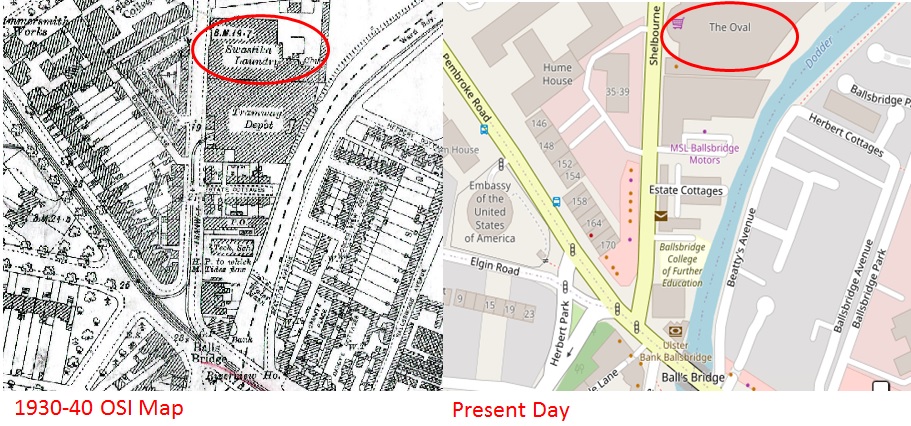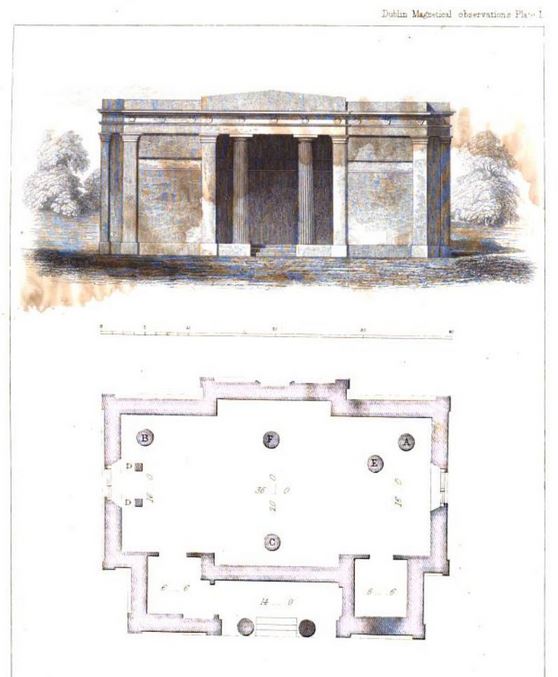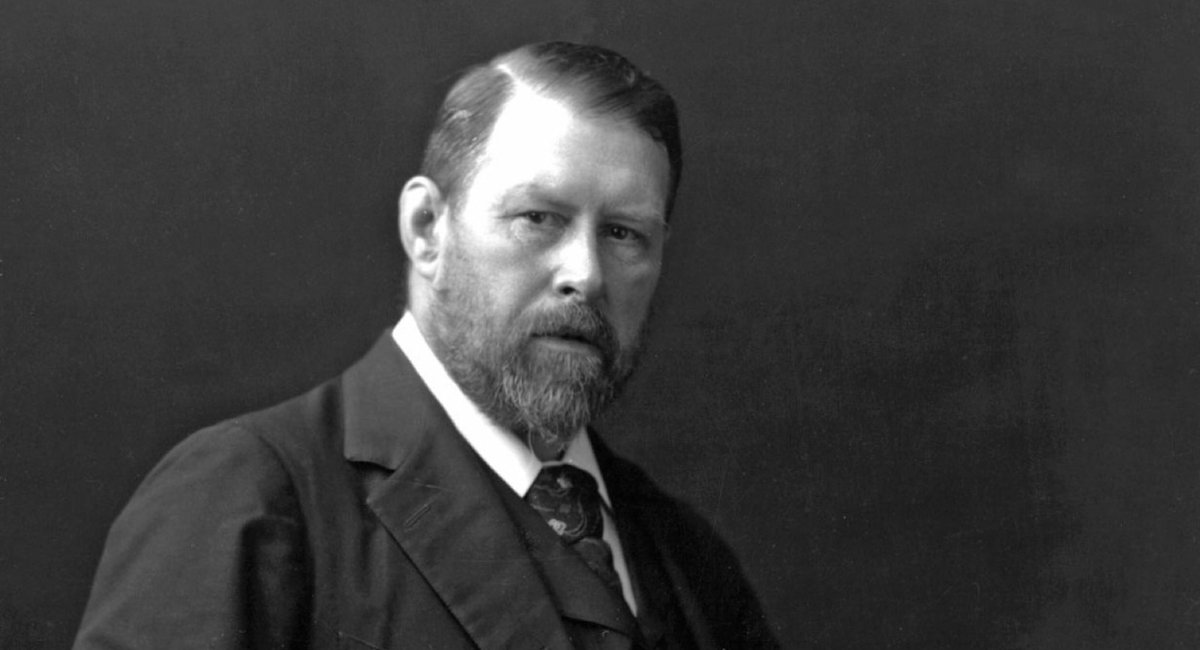Casino at Marino – the casino (from the Italian for “Little House”) is all that remains of James Caulfeilds (1st Lord Charlemont) 18th Century demesne at Marino. Completed in 1775, its neo-classical design is a masterpiece of deception! Designed by William Chambers, it takes...~1 







the form of a Greek Cross, appearing as a single roomed building. However, it consists of 16(!) rooms across 3 floors. The Roman funerary urns at the top are actually chimneys, 4 of the columns are rainwater drains & the door at the front – only 2 panels are the actual door. ~2 







Inside, the illusions continue. The vestibule has a semi-circular apse which gives a false sense of height, the zodiac room is accessed through a secret door in the wall of the Blue Room. I wont go into too much detail, but suffice it to say, the interior is as grandiose as...~3 







you would expect from an Lord, Earl & Vicount.
The casino was originally attached to Marino house via a tunnel, so servants could bring refreshments without spoiling the view. And the view was breathtaking at them time, with a painting from 1817 showing its beauty. ~4



The casino was originally attached to Marino house via a tunnel, so servants could bring refreshments without spoiling the view. And the view was breathtaking at them time, with a painting from 1817 showing its beauty. ~4




Caulfeild was said to have likened it to the Bay of Naples, with the Sugarloaf instead of Mount Vesuvius.
While the tunnel is no longer there, there are other underground passages in the casino itself that have played a role in Revolutionary Irelands history. They were...~5


While the tunnel is no longer there, there are other underground passages in the casino itself that have played a role in Revolutionary Irelands history. They were...~5



apparently used by none other than Mick Collins & Oscar Traynor to test out Thompson machine guns, without alerting nearby authorities. These were then used in ambushes in Drumcondra. ~6 





There is so much history tied to this building and the Caulfeild name. His “townhouse” is none other than the Hugh Lane gallery, also designed by William Chambers. His previous townhouse is now part of the Jervis Street Shopping Centre. Caulfeild himself was a remarkable man. ~7 







1st President of the Royal Irish Academy, founding Knight of the Order of St Patrick, he joined Henry Gratton in the assertion of Irish Independence in 1780, and he played a leading part in the formation of the Irish Volunteers (1778). ~8 







I encourage everyone to visit the Casino. Its one of these places everyone know about, but never have the time to visit. It'll be open again for tours in the Spring, its free, & if you have read my previous tweets, there are lots of other historic sites nearby to explore.
~End
~End

#DiscoverDublin @CasinoMarinoopw @PhotosOfDublin @OldDublinTown @FMLocalHistory @dubcivictrust @legacy_irish @theirishstory @OldeEire @IrishHistoryPod @wetheirishpod @RIAdawson @archiseek @IrishTimes @opwireland @Archidub1 @chtmdublin
• • •
Missing some Tweet in this thread? You can try to
force a refresh












































